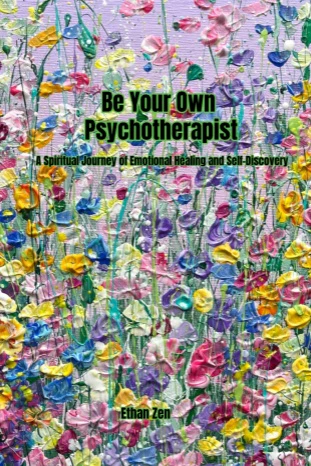How to Improve Your Emotional Health through Mindfulness Meditation
In this rapidly changing era, stress follows us everywhere, not only challenging our physical health but also constantly testing our emotional well-being. How can we maintain peace and emotional health amidst the chaos? The American Psychological Association points out that cognitive training is an effective way to improve memory and attention. Mindfulness meditation, a widely endorsed form of cognitive training, can also significantly enhance our emotional health.
The Scientific Value of Mindfulness Meditation
Let’s first explore the scientific side of mindfulness meditation. In recent years, many psychological studies have focused on this ancient practice. A neuroscience study from Harvard University shows that consistent mindfulness meditation can alter brain structure, particularly in areas related to emotional regulation, such as the anterior cingulate cortex and prefrontal cortex. These changes can help us remain more emotionally stable in the face of mood fluctuations.
Mindfulness Meditation and Emotional Health
Now, let’s discuss the relationship between mindfulness meditation and emotional health. Emotional instability or overreaction is often a direct result of accumulated psychological stress and uneven distribution of cognitive resources. Mindfulness meditation teaches us to embrace each moment as it comes, including those seemingly fleeting yet deeply meaningful emotional experiences. By observing and accepting our emotions, we gradually learn to understand ourselves without judgment, allowing for emotional release and balance.

The Emotional Needs of Young People
Young people today face unique psychological challenges as they navigate the clash between tradition and modernity, East and West. They seek success and recognition while bearing the burdens of education, employment, and relationships. Like young people in other countries, they also need love, understanding, emotional support, and room for personal growth. Mindfulness meditation aptly addresses the spiritual needs of this generation. It doesn’t require strict rituals or extra tools—just a pause to quietly listen to your inner voice. Even just a few minutes of intentional reflection can restore balance and energy.
Practical Suggestions
So how do you practice mindfulness meditation? First, find a quiet and comfortable space. Sit down, close your eyes, and focus on your breath. When distractions arise, acknowledge them, then gently redirect your attention back to your breath. Practice every day, even if it’s just for 5-10 minutes.
When emotions fluctuate, try to maintain the mindset of an observer. Don’t rush to react or judge—simply watch the rise and fall of your emotions. By doing this, you can more clearly identify emotional shifts and learn to respond to them in a healthier and more mature way.
Conclusion
Mindfulness meditation is not a cure-all, nor will it instantly solve all problems. However, it does offer an opportunity to explore parts of ourselves we may have never touched, thereby improving emotional health. With this simple yet powerful tool, not only can we enhance focus and memory, but we can also better handle the inevitable challenges of life.
Dear friends, if you feel mentally or emotionally exhausted, try giving yourself a moment of peace. Through mindfulness meditation, reclaim the calm within. Embrace your imperfections, accept your emotional fluctuations, and grow in the process. Let’s embark together on a path of gentleness and self-awareness, moving toward a healthier and more harmonious life.








